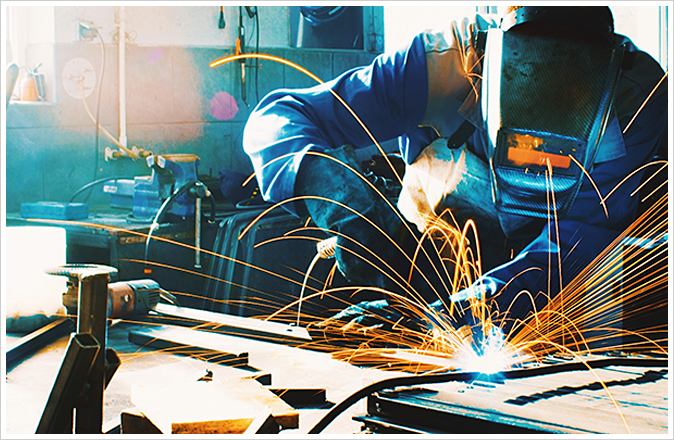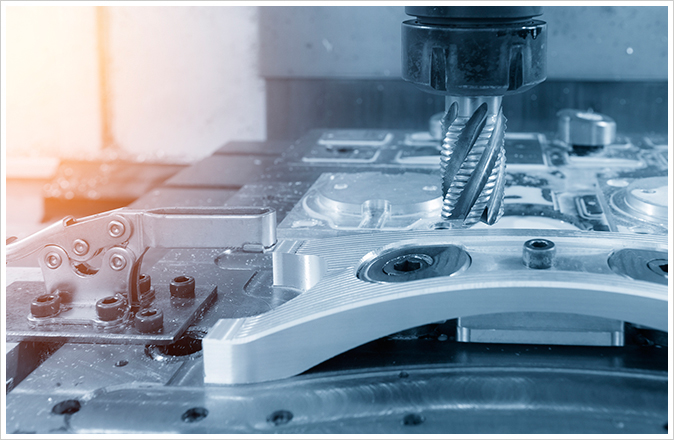
Maintenance training turns out to be progressively essential each time a boomer checks out for good. This is for the most part in light of the fact that many organizations don’t archive basic systems precisely. Over that, more youthful professionals coming into the specialty should regularly figure out how to take a shot at molds by experimentation. To keep production rolling, craftsmanship engineering is vital, and the industry needs highly engaged repair specialists.
Evident inspirations incorporate incredible pay and advantages, or life-stage particular advantages with adaptable work hours. For mold maintenance experts, recovering an inadequately performing mold up and running or keeping an intricate shape running effectively and capably is profoundly satisfying. These individuals needn’t bother with suggestions to go out to a press and mind a difficult mold since they are as of now considering it throughout the night.
DEVELOPING CRAFTSMANSHIP AND TRAINING:
Most importantly molders who need and requires ace staff to keep up their molds need to offer higher-than-normal wages while giving a reasonable way to develop and a feeling of responsibility for the process. So, what do bosses do to keep the passion alive?
Creating the Job Description
Prior to any training that happens, the enrollment specialist needs to build up a sensible expected set of responsibilities. This requires not just a comprehension of the normal support and repair professional occupation yet in addition the shifting identities, organization culture, and administration desires. In the wake of performing several mold maintenance reviews for a variety of plastics producers. The occupation of mold maintenance and repair is from time to time completely comprehended by those creating the depictions.
Most form repair professionals work with a set of responsibilities that are inconceivably not quite the same as each other, despite the fact that the employment itself is generally the same from organization to organization. This is fundamental because of the distinction in view of the required aptitudes by different organizations and departments. For the last gathering, repair specialists are regularly broadly educated in toolmaking to amplify a little staff. Many trust toolmakers improve repair professionals.
The greater part of bonafide tool makers and mold builders despise mold repair. They desire and need to assemble instruments and segments with metal working equipment. Most repair experts spend their day at a seat utilizing hand instruments and working their way through the eight phases of repair while depending on their insight into mold function. These incorporate preventive maintenance arrangement, dismantling, investigate, remedial activity, clean, get together, the last check, and organizing. This is vital to note in light of the fact that the initial phases of repair specialist’s training do exclude figuring out how to run metalworking gear, programming a CNC cutter way or building up a confounded setup at a grinder.
Training Musts
For organizations to guarantee that they are giving ideal support and repair training, they should comprehend the employment of mold maintenance as it applies to the sorts of molds and items that their organization produces, and they should have genuine mold performance and shop proficiency measurements to gage repair professional execution.
Having the capacity to track and measure particular parameters and contrast them with shop midpoints is important—for instance, number and kind of molds worked on, issues remedied, molds with quick issues after start-up, tooling and work costs, and so forth. Here are a couple of form repair sets of expectations and measurements to kick you off:
Mold Maintenance “C” (Apprentice level and ordinarily offers three boosts in salary.)
- Has great mechanical bent and fundamental hand apparatus encounter.
- Can help in the safe moving, dismantling, cleaning, and investigating of molds and segments in a precise way, and has the fundamental devices, physical abilities, and teach to utilize particular, endorsed techniques/methods amid this work. May be relied upon to deal with straightforward in-squeeze cleanings and grease of molds.
- Comprehends the significance of exact, clear documentation and takes after recommended techniques/methods amid work.
- Perceives and appreciates the difficulties of this exchange, cooperates with other people and exhibits the eagerness to find out about shape work and they want to progress.
Mold Maintenance “B” (Intermediate level and offers three boosts in compensation.)
At this stage, a manager should utilize maintenance measurements as an exact pointer of abilities. For instance, a satisfactory cost of general repair productivity (CORE) and after effects of general repair capability (RORP) maintenance evaluations can be set based on shop midpoints.
- Has the essential mold function and maintenance information and hand aptitudes to securely, adequately and productively dismantle, clean, investigate and gather 40 to 75 percent of an organization’s dynamic molds with a proficiency rating of 75.
- Exhibits protected and sound mechanical thinking wants to enhance investigating aptitudes, reduce mold and part defects and increase root cause disclosures and has knowledge about cold runner mold function.
- Makes Use of exact tools to quantify and compute essential (static) tooling stack-ups to decide part preloads and clearances or to check print measurements.
- Knows about hot sprinter work and performs related support and investigating procedures. This individual, for instance, knows about test tip cleaning, evacuation, improving and fundamental electrical investigating on tests, warmers, thermocouples, links, and manifolds.
- Shows the capacity to work securely and systematically through the eight phases of repair.
- Information sources clear, brief information into documentation framework and mold maintenance manuals. Adds to and utilizes uses a mold knowledge base.
- Capably uses and nurtures hand devices, works systematically, utilizes hierarchical aptitude and adds to shop cleanliness.
- Has fundamental abilities to operate machine shop gear like a surface processor, penetrate press and machine to perform halfway level tooling repairs like boring, reaming and tapping openings, threading operations, and cleaning vents.
Mold Maintenance “An” (Advanced level and offers three boosts in salary.)
An execution measurements survey is required to keep on judging upkeep and shape capability evaluations. A high CORP and RORP rating can be set in view of shop midpoints.
- Has the fundamental information, abilities, and devices to successfully and proficiently dismantle, perfect, clean, investigate/repair and amass 75 to 100 percent of an organization’s dynamic molds.
- Performs propelled segment repair (like welding, stoning, fitting or cleaning) on issues like dings, scrapes, and scratches, modify of worn or harmed tooling or plates; and creation of basic tooling.
- Shows that the organization’s molds start and run profitably without rehashed pulls for missing or inaccurately introduced tooling segments or rehashed form/part defects.
- Performs finish dimensional mold tooling stack-out (static and dynamic) to decide tooling part preloads, clearances and fits, utilizing any/all accessible prints.
- Decides “best” strategies/techniques to finding mold/part deformity likely explanations, revises and keeps certain activities of shop faculty and has brilliant information of how molds work.
- Can clean and repair hot sprinter molds, including complex issues.
- Works in an enduring, proficient way with practically zero supervision.
- Guides disciple representatives in legitimate mold maintenance systems and approach.
- Has a comprehension of essential preparing prerequisites for molds, for example, appropriate venting, cooling, and cleaning, and the arranging of spouts, sprues, doors, and sprinters.
- Comprehends basic mold work, plating applications, and steel hardness prerequisites.
- Persistently looks to enhance information base through continuous examinations, meetings, workshops or displays concentrated on planning, constructing and looking after molds.


